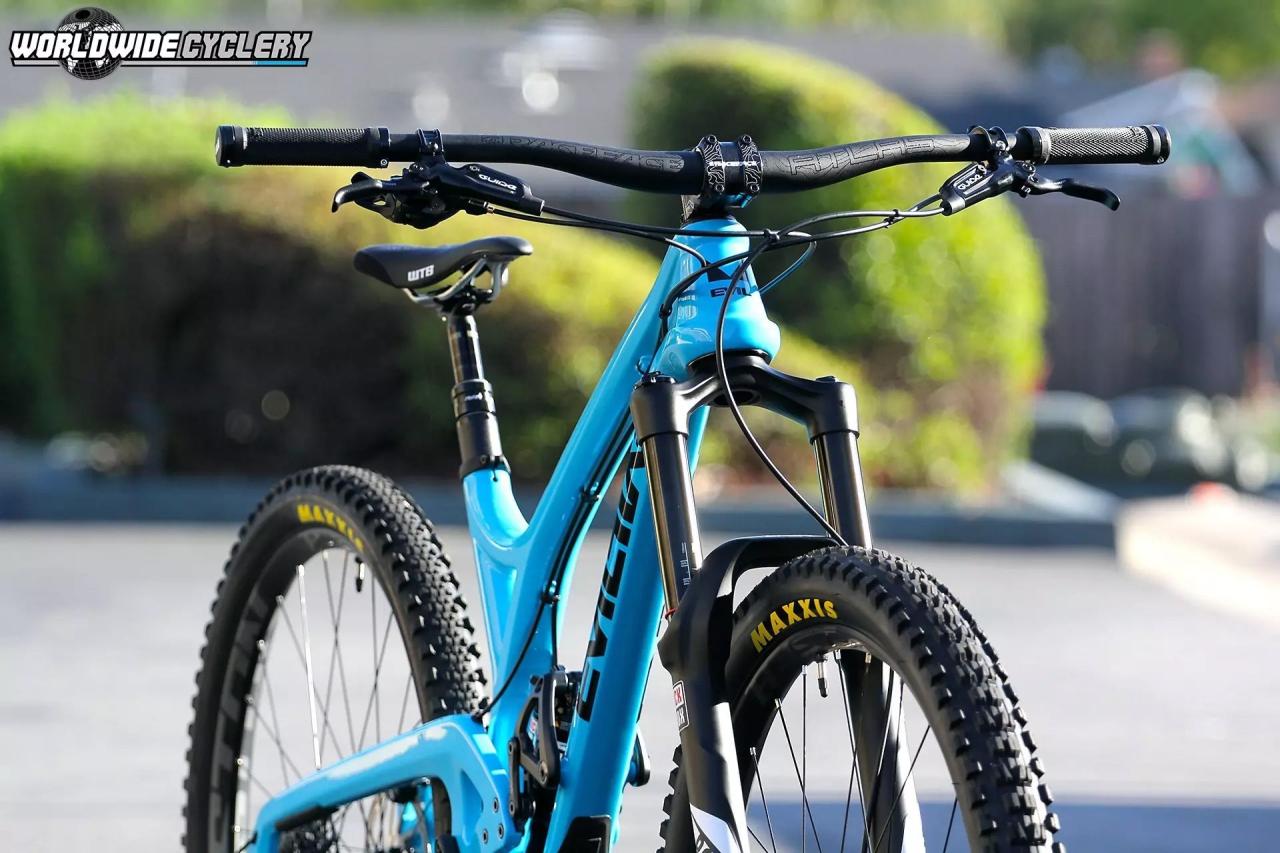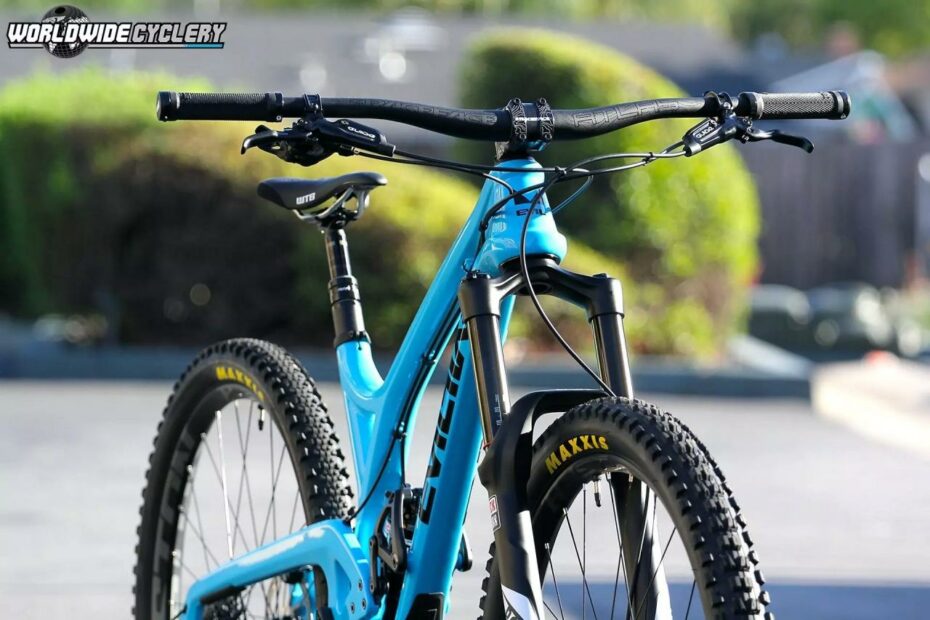How Wide Should A Mountain Bike Trail Be: Finding The Perfect Width
How Wide Should Your Mountain Bike Handlebars Be? Gmbn’S Guide To Bar Width
Keywords searched by users: How wide should a mountain bike trail be walking trail width, trail design guidelines
How Wide Is The Average Trail?
What is the typical width of a trail? Trail standards often recommend widths of approximately 8 feet wide and heights of around 10 feet high. However, it’s important to note that these dimensions can vary based on a range of factors, including the trail’s location, intended use, environmental considerations, and accessibility requirements. Therefore, the actual width of a trail may differ from these standard measurements to accommodate specific needs and conditions.
What Is Trail Measurement On A Mountain Bike?
Trail measurement on a mountain bike refers to the crucial distance between two key points: the intersection point of the front wheel’s steering axis with the ground and the location where the front tire actually touches the ground. This trail measurement concept is fundamental to understanding how a mountain bike handles. To visualize it, think of the contact patch of the tire as the point that “trails” behind the steering axis, creating a specific geometry that plays a vital role in the bike’s stability and maneuverability. In essence, trail measurement helps us grasp the dynamic relationship between the front wheel’s steering and its point of contact with the terrain, offering valuable insights into a bike’s performance characteristics.
What Is The Best Terrain For Mountain Biking?
When it comes to finding the ideal terrain for mountain biking, singletrack dirt trails emerge as the preferred choice among enthusiasts. These trails typically measure between 6 to 24 inches in width, offering a diverse range of experiences for riders. Singletrack terrain spans from gentle, meandering paths that provide a smooth and enjoyable ride, to more challenging routes that feature technical elements and demanding obstacles. These demanding routes require advanced riding skills and intense concentration. To get the best mountain biking experience, it’s essential to consider factors such as trail width, difficulty level, and the type of challenge you seek. Please note that this information is as of my last knowledge update in September 2021, and trail conditions or preferences may have evolved since then.
Share 26 How wide should a mountain bike trail be



Categories: Summary 14 How Wide Should A Mountain Bike Trail Be
See more here: c1.chewathai27.com

A single-track mountain bike trail is commonly between 12″-30″, according to the guide. With this width it is assumed that hiker will have to step aside to allow bicycles to pass. For an urban, pathed trail the width is much greater.standards for trail widths and heights, generally about 8 ft. wide and 10 ft. high, however these can be varied based on several different factors.Trail is the distance between the point where the steering axis of the front wheel intersects the ground and the point where the front tire contacts the ground. In this sense, the contact patch of the tire “trails” behind the steering axis.
Learn more about the topic How wide should a mountain bike trail be.
- FAQ: What is the Typical Width of a Shared-Use Trail?
- TRAIL BUILDING AND MAINTENANCE GUIDE
- Trail – Bike Insights
- Mountain Bike Terrain Types
- What Does it Take to Build a Mountain Bike Trail?
- FAQ: What is the Typical Width of a Shared-Use Trail? – American Trails
See more: c1.chewathai27.com/category/money-policy
